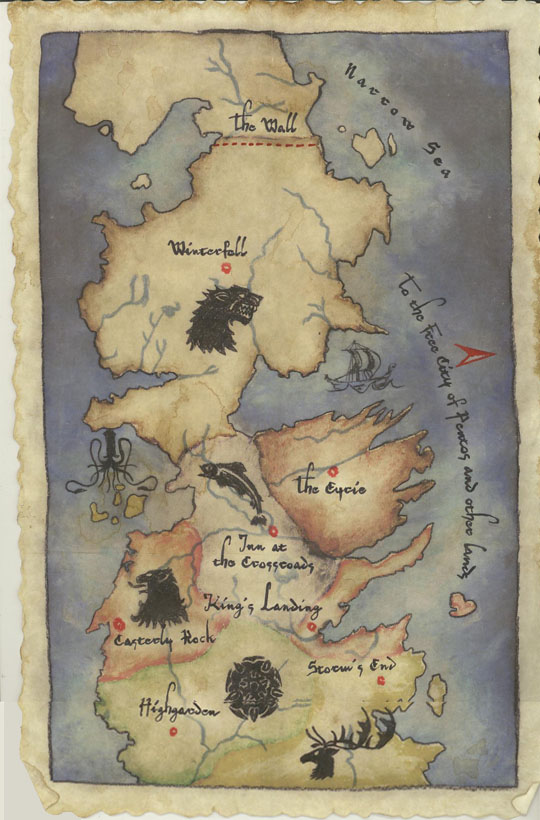We all have heard about the great Wall of China and admire the efforts made by these people to protect themselves from other cultures that may try to harm them or invade them. Still, not as many people know about Hadrian's Wall. I found a video that speaks about it, and I'm making a small summary about what I know and learned about Hadrian's Wall. I hope you enjoy it!
Hadrian's wall was a fortification built in Roman England from coast to coast, sea to sea, to protect Roman territory from the northern barbarians. Its name is Hadrian's Wall because of the man who built it: Emperor Hadrian, who ruled from 117 to 138. This Emperor is famous for two buildings: Hadrian's Wall and Hadrian's Villa. Hadrian's Wall wasn't very big or wide, but it was still the most imposing defensive building built by the Roman Empire. Usually, their width and height depended on the material available near it, and also on the landscape. For example, when the wall went through high hills it needed not be to too tall because the cliffs provided extra protection if the wall was to be attacked. The Wall was 75 Roman miles long, and there is a big part of it that remains until today.
It's building was much similar to how we build today. Each rock used as a brick in Hadrian's Wall was handmade by masons, and each one of them took about 20 minutes; masons had to do this thousands of times. An interesting fact shown on the video is that they used tools impressively similar in shape, size and material as those we use nowadays, such as hammers and nails. Another thing that surprised me was how easily they were able to lift several ton stones with a simple grip system consisting of a hole in the rock, three stone sticks pressed against the hole and a stone handle.
But this wasn't everything that archeologists were able to find in Hadrian's wall. Because of the soil conditions it was built in, they were able to find nearly unchanged daily life items, such as leather shoes and boots decorated by artists and other items that may tell us a lot about the lifestyle of all the people who lived in Hadrian's Wall and its surroundings. Most of these settlements were found in the many forts that are all arround the wall. Each fort was heavily garrisoned by about 600 men who kept their wives and children nearby. Also, the wall had about 1000 cavarly units on each side of the wall in case it was attacked.
A few blogs before, I talked about Valyrian Language, which is found in A Song of Ice and Fire series by George R.R. Martin. I can also relate this post to the series, because Hadrian's Wall was George's inspiration for creating The Wall, a thousand feet structure that protected Westeros from the barbarians who lived in the north. The Wall also had various forts and went from sea to sea, and was garrisoned by people from all over Westeros. When I think about it, I realize that the whole Westeros is a reproduction of England, and you can see these similarities I talk about in a map.






